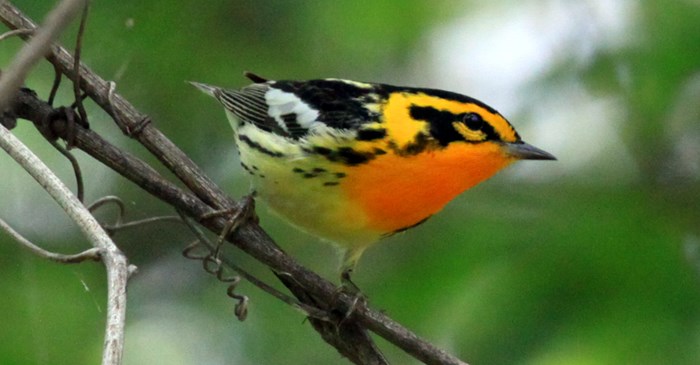By Hugh Powell
Migratory birds enjoy plenty of food in summer and balmy weather in winter, but they pay for it with a tough commute. Their twice-a-year migrations are dangerous and physically demanding.
So it’s a bit of a surprise that a new analysis by Cornell Lab of Ornithology researcher Frank La Sorte shows that most songbirds don’t fly the shortest, most direct routes between breeding and wintering grounds. Instead, many eastern species adjust their routes according to the wind, seeking favorable spring tailwinds and less severe fall headwinds.
Western species zig and zag as they follow a “green wave” of fresh plant growth and insects in spring, but return in a straight line in fall. La Sorte’s research used 1.7 million eBird checklists to analyze spring and fall bird occurrence in North America.
The findings — the first to reveal a general looping pattern common to several migratory species — may help improve bird conservation efforts by targeting seasonal migratory habitat. For more on the study, visit bit.ly/LoopedMigration.
Article content republished with permission from Cornell Lab of Ornithology, 2017.
